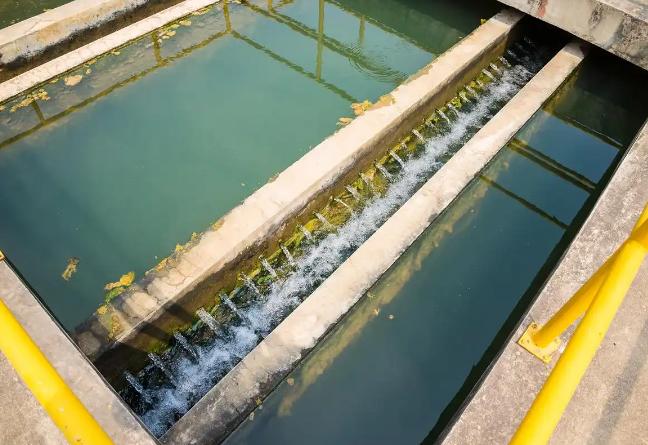In the leather manufacturing industry, wastewater treatment is a highly challenging task, and the decolorization of wastewater is particularly prominent. The leather production process includes several processes such as soaking, dehairing, tanning, and dyeing. Each process will generate a large amount of wastewater, and this wastewater contains complex pollutants and shows a relatively deep color.
The color of leather wastewater mainly comes from a large number of dyes and auxiliaries used in the tanning and dyeing stages. These dye molecules have a complex structure and strong stability. Once they enter the wastewater, it is very difficult for conventional treatment methods to degrade or remove them. If leather wastewater is discharged without effective decolorization treatment, it will not only affect the visual appearance of the water body, causing visual pollution, but also hinder the penetration of light in the water body, affect the photosynthesis of aquatic plants, and further disrupt the balance of the entire aquatic ecosystem.
The emergence of decolorizers has brought a turning point for the purification of leather wastewater. Flocculating decolorizers, such as polyaluminium chloride and polyacrylamide, are commonly used types. In the wastewater, they hydrolyze to produce polynuclear complexes. These complexes can adsorb, bridge, and electrically neutralize the dye colloid particles in the wastewater, causing the dispersed dye particles to aggregate into large flocs, which can then be separated from the wastewater through sedimentation or filtration to achieve decolorization.

Adsorbing decolorizers, such as activated carbon, due to its rich pore structure and large specific surface area, has a strong adsorption capacity for the dye molecules in leather wastewater. The dye molecules are adsorbed on the surface of the activated carbon, thus reducing the chromaticity of the wastewater. Activated carbon can effectively adsorb various types of dyes. Whether they are cationic dyes, anionic dyes, or non-ionic dyes, good decolorization effects can be achieved.
Oxidizing decolorizers use strong oxidants, such as ozone and hydrogen peroxide, to oxidize and decompose the dye molecules in the wastewater. Strong oxidants can break the conjugated double bond structure in the dye molecules, and the conjugated double bond is the key factor for the color of the dye. As the double bond is broken, the chromophoric group of the dye molecules disappears, and the color of the wastewater fades accordingly.
Using decolorizers to treat leather wastewater has significant advantages. It can efficiently reduce the chromaticity of the wastewater, making the treated wastewater meet strict discharge standards and reducing the pressure of environmental pollution.












